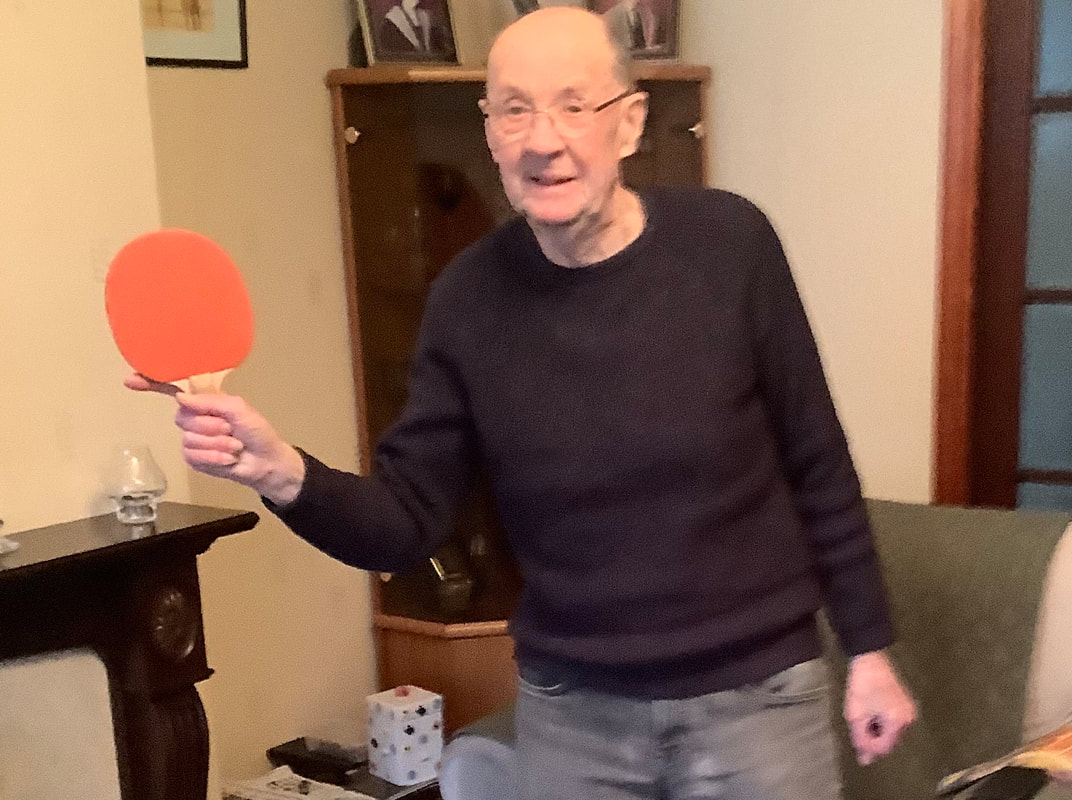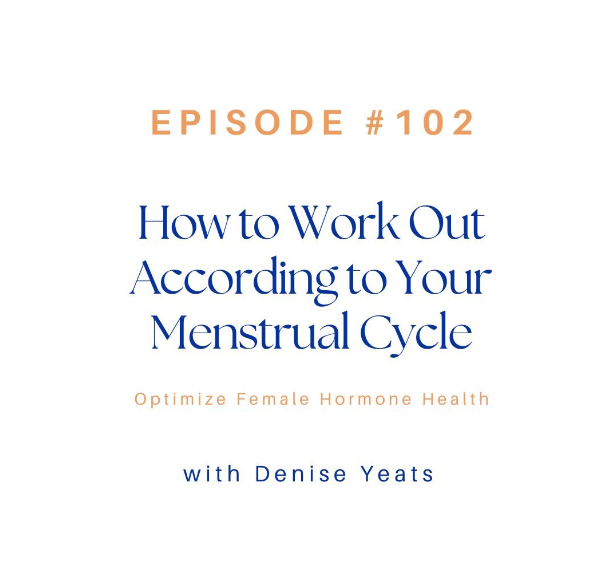|
I think we can all agree that as we age, maintaining physical fitness becomes paramount for overall health and wellbeing. But did you know that regardless of gender, incorporating plyometric exercises into our fitness routines can be instrumental in preserving bone density, preventing fractures, and enhancing functional fitness? Beyond the physical benefits, engaging in activities like table tennis can serve as excellent plyometric exercises, improving proprioception and coordination. So why do I mention table tennis specifically? Well I have a little story about my dad at the end of this blog, so stay tuned and let's explore why embracing plyometrics is crucial for everyone as they age! Understanding the importance of plyometrics Plyometric exercises are characterised by explosive movements that engage fast-twitch muscle fibres, and offer a multitude of benefits as we age. These dynamic movements help maintain muscle mass, bone density, and cardiovascular health, mitigating the effects of age-related decline. While often associated with athletes, plyometrics are accessible to people of all ages and fitness levels, making them a valuable tool in the quest for healthy ageing. Preserving bone density and preventing fractures One of the primary concerns as we age is the decline in bone density, which can lead to an increased risk of fractures and osteoporosis. In fact in the UK it is estimated that one in two women, and one in five men over 50 will have an osteoporotic fracture in their lifetime*. Plyometric exercises provide a stimulus that promotes bone remodelling, helping to maintain or even increase bone density. By subjecting bones to brief, high-impact forces, plyometrics stimulate bone formation, contributing to overall skeletal health. Additionally, the strength and resilience gained from plyometric training make individuals more resistant to fractures, or in the event of a fracture, aid in the recovery process, enabling a faster return to mobility and independence. *Ref: The Royal Osteoporosis Society: Epidemiology of Osteoporotic Fracture: an overview What are they and how can you do them?
Plyometric exercises involve explosive, high-intensity movements, so it’s crucial to execute them correctly for safety. If you're new to plyometrics, start gradually and focus on proper form. Begin with toe bounces into squats to condition your body. Progress to depth drops and squat jumps, ensuring controlled landings. As you advance, incorporate lateral hops and then perhaps box jumps. Remember, warming up is key, and if you have joint issues, opt for low-impact variations like rope skipping or using a mini-trampoline. Have a look at the little video above for some ideas! Also, engaging in activities like table tennis can serve as excellent plyometric exercises, enhancing proprioception, and coordination. The quick, explosive movements required in table tennis not only improve cardiovascular fitness but also enhance balance and agility. By regularly participating in activities that challenge proprioception, you can reduce the risk of falls and enhance overall functional fitness, promoting independence and quality of life as you age. What about running? While running helps build bones, it’s far less effective than jumping, according to research. That’s because running creates mostly one-directional stress as you’re moving forward in the same plane. It’s too similar to the stress that your bones get when you walk and perform most daily tasks. What's all this talk about table tennis? Well, yes, I have a personal reason for choosing this particular sport. Three weeks ago my 83 year old dad slipped and fell on the ice during a wintry spell in Aberdeen. When I spoke to him and my mum on a FaceTime call that night I could see how much pain he was in. But, how many people of that age do you know who could a) Get themselves back off the ground and home again, and b) Be fully recovered without breaks a few weeks later? My dad has fallen on the ice before - 7 years ago he slipped and fractured his hip and wrist. It hit him hard - he likes to be active, but once recovered he decided that he wanted to make sure he was fit for life and so joined the local leisure centre where he went to the gym and pool. But it was the table tennis sessions that caught his eye and became his little passion. He has been going three times a week, playing doubles for two hours each time. I definitely think this helped him when he had his recent accident - those multi-directional movements are very much plyometric and will have helped his bone density and functional fitness. And in case you are wondering, yes, 3 weeks later he is very much back to his table tennis, but also hoping that spring comes around soon too!
0 Comments
I was delighted to join Chris Oh on her podcast P.S Younger Self to discuss how to work with, not against your unique physiology. We discussed how to work around your hormonal cycle during your reproductive years, and through the transition into peri menopause and menopause to optimise your training and unlock your full fitness potential. Full episode is on Spotify and Apple.
|
AuthorDenise Yeats is a coach, personal trainer, endurance athlete and avid adventurer. She is passionate about supporting women to achieve their goals, working with, not against their changing physiology. Archives
July 2024
Categories |
Proudly powered by Weebly




 RSS Feed
RSS Feed